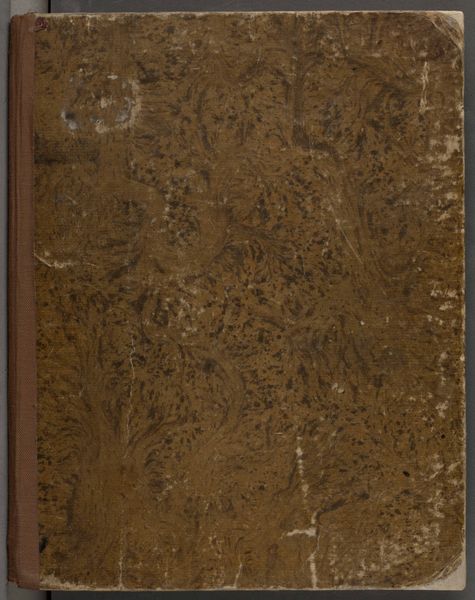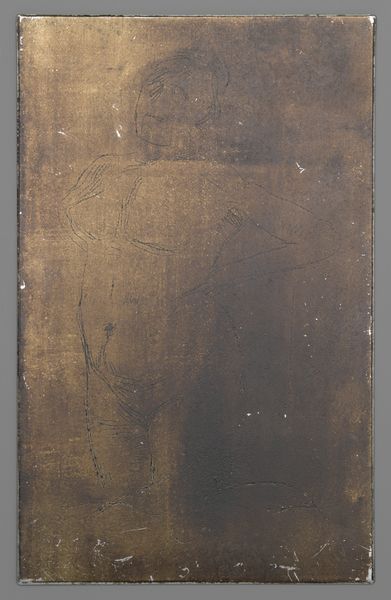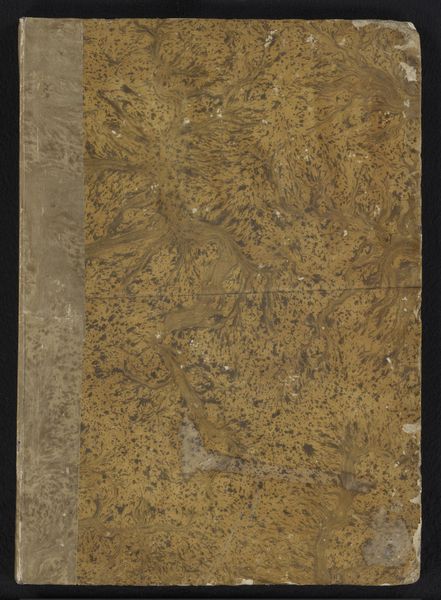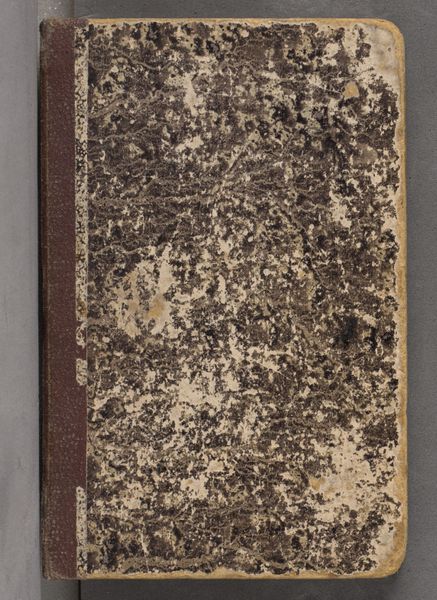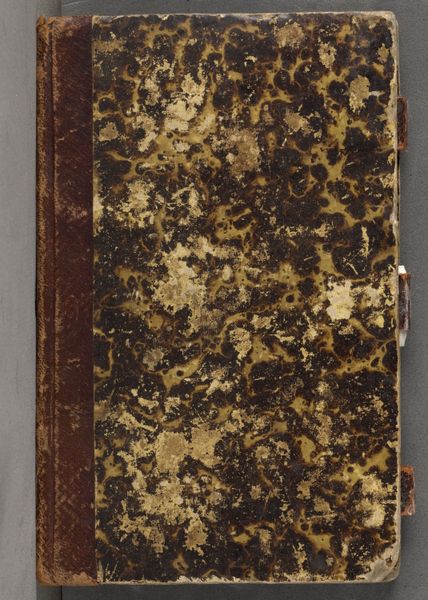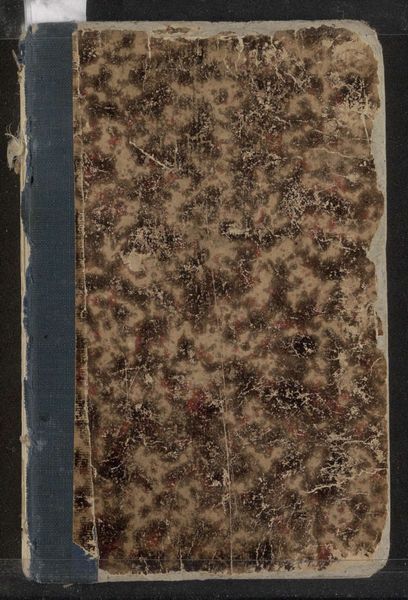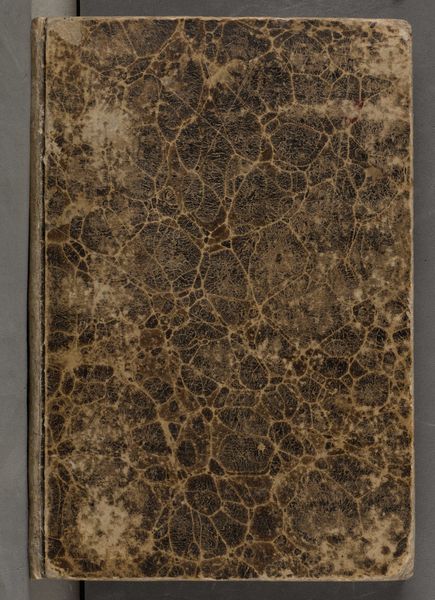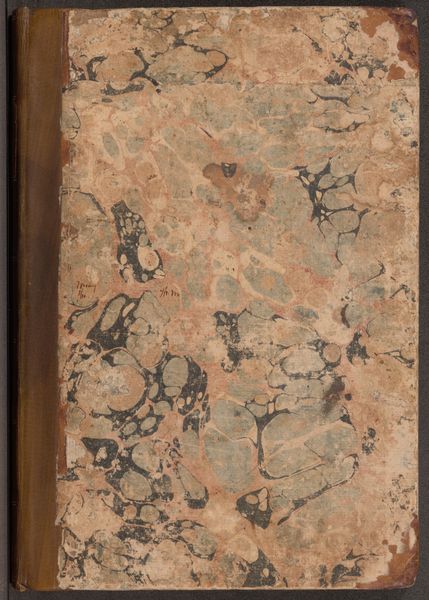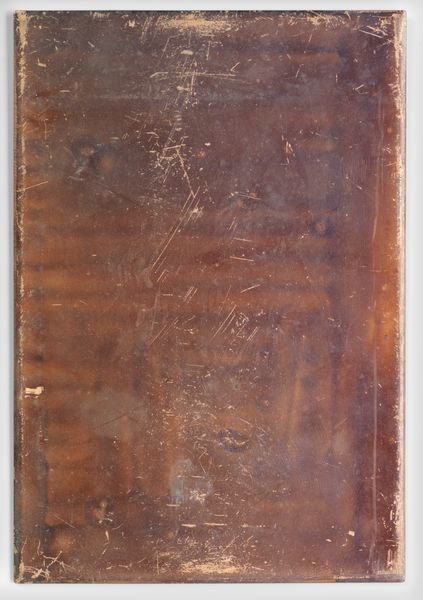
drawing, paper, ink, chalk, pastel
#
drawing
#
16_19th-century
#
paper
#
ink
#
german
#
folk-art
#
geometric
#
chalk
#
abstraction
#
pastel
Copyright: Public Domain
Curator: Here we have a look at a sketchbook attributed to Johannes Thomas, dating from around 1826 to 1833. It's comprised of drawings in ink, chalk, and pastel on paper. Editor: My first thought is: what stories this object could tell! The swirling patterns of the cover feel almost alive, like a hidden world waiting to be explored. It really makes you wonder about the hands that crafted and carried it. Curator: Absolutely. Sketchbooks like this are invaluable. They offer us a private view into an artist's working process. In this case, we can appreciate Thomas’s academic influences but also how he engaged with folk-art traditions. Think about the market for such portable art; consider his patrons. Editor: That's the fascinating thing for me. What were the means by which the artist was creating this object and what types of drawing informed his practice? Were the materials easily accessible or did they require complex supply chains? Understanding this connects us to the material conditions of art production at the time. Curator: Exactly. And we see that this convergence of personal exploration with folk styles spoke to a broader cultural moment, reflecting the public’s increasing fascination with romantic notions of folklore and nationhood, promoted in institutions like museums, print-publications and galleries. Editor: I agree. It's easy to get lost in the beauty, the texture of the object itself. The binding, the aging paper… It all speaks to the physical, historical journey of its creation and preservation. This sketchbook as an artifact shows its cultural labor in its wear and tear. Curator: And understanding how objects like this moved through society — from the artist’s studio to a patron's collection, and eventually, to a museum — shapes our perception of it. Who was able to own such an item? What value was ascribed to artistic skill during that period? Editor: So in the end, even an unassuming sketchbook becomes a window into both individual creativity and broader historical and economic forces at play. Curator: A wonderful intersection to consider how culture and materiality combine. Editor: Precisely. Every mark, every page tells us something about labor and social life.
Comments
No comments
Be the first to comment and join the conversation on the ultimate creative platform.

